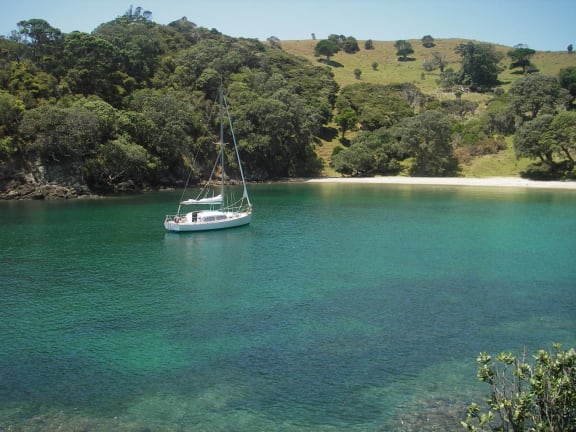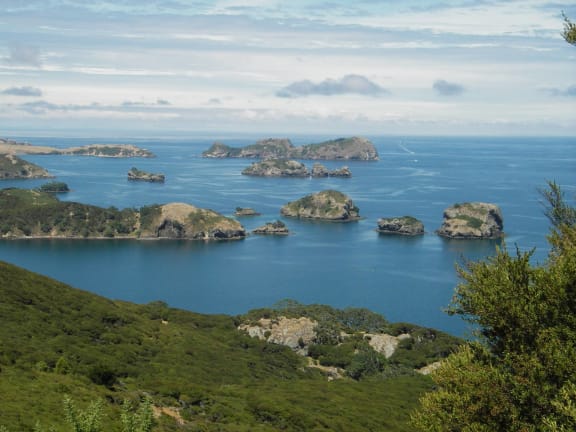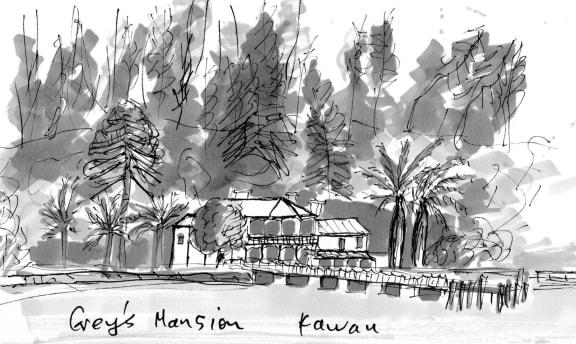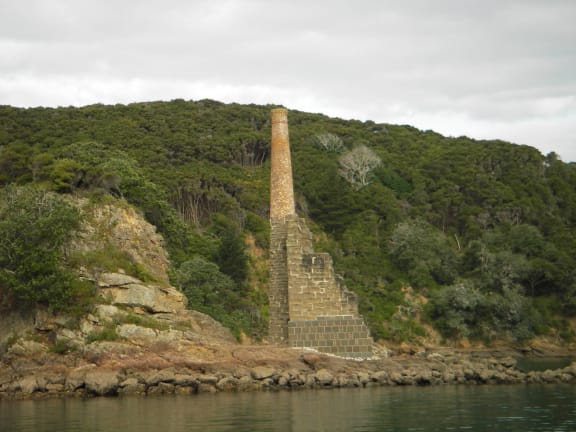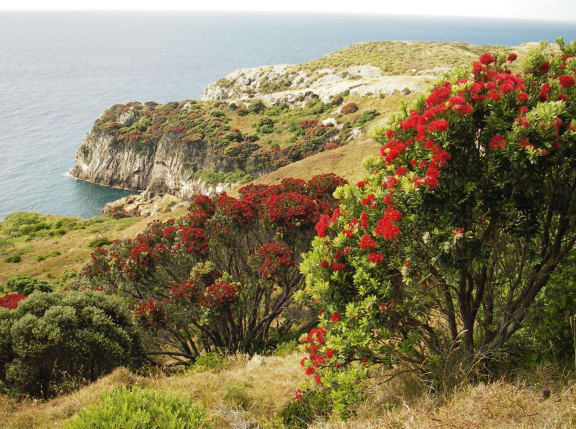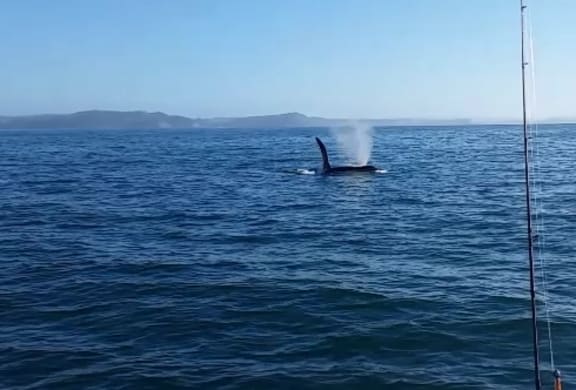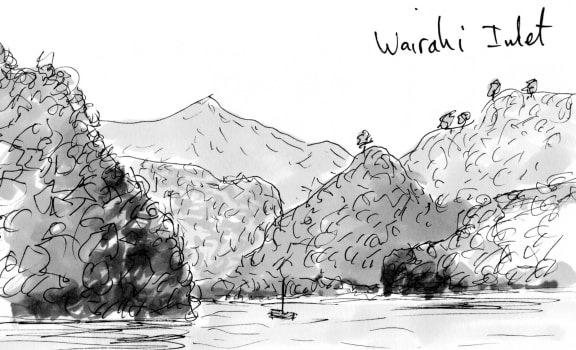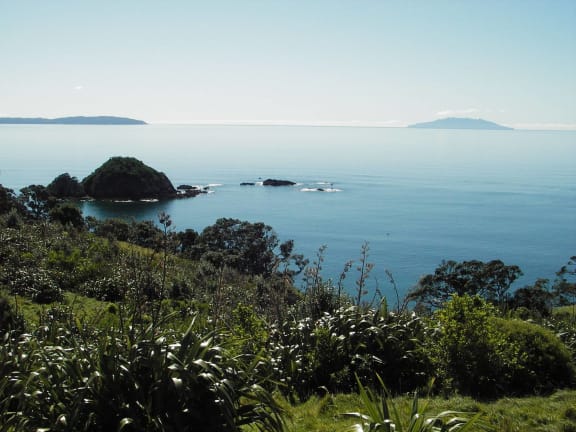Kerry Howe grew up on the water, near Narrow Neck on the North Shore, and as well as producing many books about Pacific culture and history, has now written a book about the Hauraki Gulf. Part memoir, part history, he writes about the whole 4000 km2 seascape - from the popular inner Gulf islands, to the distant Hen and Chicken, Mokohinau and the two Barriers.
Read an edited excerpt from the interview below:
The book is part memoir, but it’s also about the history, the culture and the politics of the Gulf, which is significant in itself. Some of this is personal. The gulf is a big part in the life of your family, in particular I’m thinking of Motutapu Island, which played a very big part in your mother’s life.
It did. Mum was what they used to call a WAAC and she was a gunner on Motutapu during WWII. She fired the mark 21, 6 inch naval guns. She didn’t say a lot about it, but I was always very conscious growing up that this is what she had done. During that time, my dad was a prisoner of war of the Germans for many years, so my mum was very worried not only of the Japanese invasion, but obviously pretty anxious about was happening to Dad, who turned up in the end after five and a half years. That sort of war experience… my generation imbibed that by osmosis so it’s always very moving when I go back there, particularly around administration bay because the barracks are still there, now used for outdoor ed. Walking around the gun emplacements, I always feel slightly dismal, but there’s another side to Motutapu, which gets me very excited, I like to go to the place where the footprints were found. Footprints of Maori in about 1400 who were standing on Motutapu watching Rangitoto emerge out of the sea in a series of eruptions. I find that a very moving place. One of my favourite anchorages is station bay on Motutapu, where there is one of the best pa sites in the Hauraki Gulf. One of my delights is to lie in the bunks and look up at the pa site towering overhead. It’s all very exciting.
These physical remnants of time and place.
Indeed. One of the things that I try to do in the book is not talk about history in any abstract sense but to lead readers to the actual places, whether it’s Maori history or colonial history, just to be there in that landscape, thinking and feeling about it. It’s what I call reading the landscape. It’s not reporting it, it’s more than that.
In what way do you experience ‘reading the landscape’ and in what way does one have to physically there, or can it be described by words? What do you mean by ‘reading the landscape’?
A lot of books on the Hauraki Gulf describe what’s there, describe in passing, ‘If you go to this place you can see that, if you go elsewhere you can see something else’. What I’ve tried to do is to convey something just beyond a description, to try and say something about what the place might mean if you know something about it. It’s the difference between identifying a word, and using that word in a sentence, that’s what I mean by reading, so there are vast numbers of places in the Gulf where you can be thinking and feeling and imagining what’s going on… I’m thinking about the copper mine in Kawau and you can get maps and things that are readily available from DOC and you can trace the outlines of various buildings, the blacksmith’s shop, the church, the school. You can obviously see the remains of the pump house, the copper mine. You can see the holes going down into the ground, you can see Whittaker’s shaft, which caused enormous political fuss, even going back to England to get it sorted out. It’s a way of being absorbed into the landscape, making some sort of sense of it.
There is a physicality to that experience, which as you say you can’t get by mere description, although you can indeed incorporate it into the way you write, but there is a physicality of the experience that goes skin deep in some ways, isn’t it? I imagine this is part of the reason why you spent so much time out in that kayak.
Well exactly. I don’t know whether I’m crazy, but I have all sorts of different feelings for different places. I go to Motuihe for example and I see the Norfolk pines, and they just thrill me because they were one of my earliest memories of the gulf. I had an uncle who worked for the Auckland Star and the Star office used to have an annual picnic every year, they used to hire ferry boats. On a couple of occasions they went down to Motutapu and there we had the most amazing fun. There were hundreds of people and we had three-legged races, egg and spoon races, men’s races and little tubs of ice cream that came out of big green canvas sacks of dried ice. These things are so vivid, at least to me when I stand and look at this place now.
